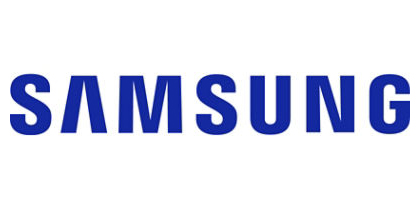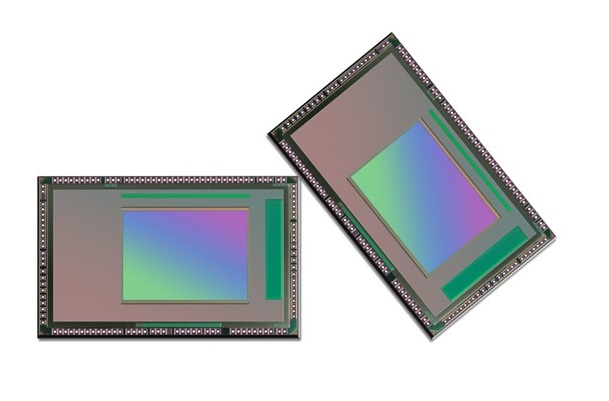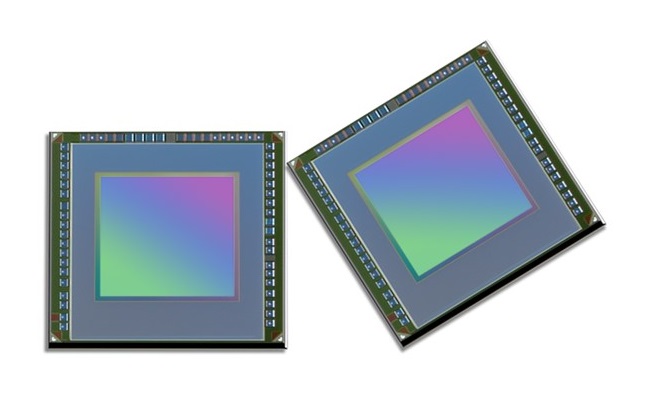
In General XR News
December 20, 2023 – Samsung Electronics, a provider of advanced semiconductor technology, has announced the launch of two new additions to its ISOCELL Vizion sensor lineup, which according to the company have applications across robotics and extended reality (XR). The new sensors include the ISOCELL Vizion 63D, a time-of-flight (ToF) sensor, and the ISOCELL Vizion 931, a global shutter sensor.
“Engineered with state-of-the-art sensor technologies, Samsung’s ISOCELL Vizion 63D and ISOCELL Vizion 931 will be essential in facilitating machine vision for future high-tech applications like robotics and extended reality (XR),” said Haechang Lee, Executive Vice President of the Next Generation Sensor Development Team at Samsung Electronics.
ISOCELL Vizion 63D: Tailored for capturing detailed high-resolution 3D images
Similar to how bats use echolocation to navigate in the dark, ToF sensors measure distance and depth by calculating the time it takes the emitted light to travel to and from an object. The ISOCELL Vizion 63D, an indirect ToF (iToF) sensor, is capable of 3D sensing by measuring the phase shift between emitted and reflected light. Samsung noted that this makes it suitable for use in service and industrial robots, XR devices, and facial authentication applications, where high-resolution and precise depth measuring are crucial.
Samsung noted that the Vizion 63D is the first iToF sensor in the industry with an integrated depth-sensing hardware image signal processor (ISP). This design allows for a 40% reduction in system power consumption compared to the previous ISOCELL Vizion 33D product, according to the company. It can also process images at up to 60 frames per second in QVGA resolution (a video resolution of 320 x 240 pixels).
Other features of the ISOCELL Vizion 63D include:
- High Video Graphics Array (VGA) resolution (640 x 480) within a 1/6.4” optical format, making it an ideal fit for compact, on-the-go devices;
- Backside scattering technology (BST) that enhances light absorption, which allows the Vizion 63D sensor reach a 38% level of quantum efficiency* at an infrared light wavelength of 940 nanometers (nm) and enables enhanced light sensitivity and reduced noise, resulting in sharper image quality with minimal motion blur.
- Supports both flood and spot lighting modes, extending its measurable distance range to 10 meters.
*Editor’s note: Quantum Efficiency refers to the sensor’s ability to convert incoming light into an electronic signal. It is a measure of the effectiveness of the sensor in capturing and processing light to create an image.
More specifically, quantum efficiency is the percentage of photons (light particles) hitting the sensor’s surface that are converted into electrons. For example, if a sensor has a quantum efficiency of 38% at a particular wavelength of infrared light, it means that 38% of the incoming photons at that wavelength are effectively converted into electrons. Higher quantum efficiency implies better light sensitivity, resulting in clearer and more accurate images, especially in low-light conditions or for capturing fast-moving objects.
In simpler terms, quantum efficiency is a key factor in determining the quality and clarity of the images produced by a sensor, particularly in challenging lighting conditions.
ISOCELL Vizion 931: Optimized for capturing dynamic movements without distortion
Samsung stated that its new ISOCELL Vizion 931 is a global shutter image sensor tailored for capturing rapid movements without the “jello effect”. Unlike rolling shutter sensors that scan a scene line by line from top to bottom in a “rolling” manner, global shutter sensors capture the entire scene at once or “globally,” similar to how human eyes see.
This allows the ISOCELL Vizion 931 to capture sharp, undistorted images of moving objects, according to Samsung, which noted that this makes the Vizion 931 well-suited for motion-tracking in XR devices, gaming systems, service and logistics robots as well as drones.
The sensor also features a one-to-one ratio VGA resolution (640 x 640), making it optimal for iris recognition, eye tracking, and facial and gesture detection in XR headsets, according to the company. Its 60% quantum efficiency at 850nm is a result of incorporating Front Deep Trench Isolation (FDTI), which places an insulation layer between pixels to maximize light absorption, in addition to the BST method used in the ISOCELL Vizion 63D.
Additionally, the ISOCELL Vizion 931 features a multi-drop capability that enables the connection of up to four cameras to the application processor using a single wire, providing greater design flexibility for device manufactures, according to Samsung.
Samsung stated that it is currently offering samples of the ISOCELL Vizion 63D and ISOCELL Vizion 931 sensors to OEMs worldwide.
Image credit: Samsung
About the author
Sam is the Founder and Managing Editor of Auganix. With a background in research and report writing, he has been covering XR industry news for the past seven years.


